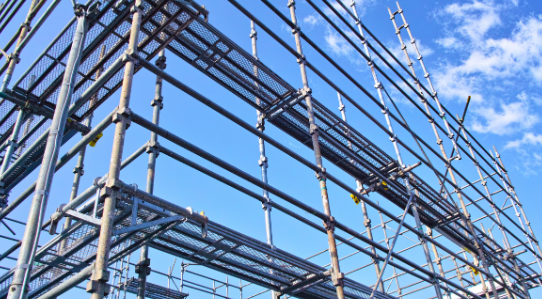Choosing the right scaffold is an important decision for any construction or maintenance project. Scaffolds provide workers with safe access to high places, and selecting the wrong type can lead to accidents, delays, or extra costs.
Many people focus only on price or availability, but understanding the technical aspects of scaffolding can make work easier and safer. This guide explains the main factors to consider when picking the right scaffold so that anyone, from beginners to experienced builders, can make the best choice.
Understand the Purpose and Project Requirements
The first step in choosing a scaffolding is to clearly understand what the scaffold will be used for. Different projects need different scaffolds. For example, painting a wall requires a light and mobile scaffold, while building a multi-story structure may need a heavy-duty scaffold that can hold more weight.
You must also consider the height you need to reach, the type of surface the scaffold will stand on, and the tools or materials workers will carry. By identifying the purpose, you can avoid choosing a scaffold that is either too small, unsafe, or unnecessarily expensive.
Consider Load Capacity and Safety Standards
Every scaffold has a maximum weight it can safely support, including workers, equipment, and materials. It is essential to choose a scaffold with the correct load capacity for your project. Using a scaffold beyond its limit can cause collapse and serious injuries.
Check safety standards and certifications for the scaffold before buying or renting it. Certified scaffolds meet strict safety requirements and provide peace of mind. Safety should always be the top priority when choosing any scaffold.
Evaluate Materials and Durability
Scaffolds come in different materials, including aluminum, steel, and wood. Aluminum scaffolds are lightweight and easy to move, making them ideal for short-term jobs or frequent adjustments. Steel scaffolds are stronger and more durable, suitable for heavy-duty construction projects.
Wooden scaffolds are less common but can still be useful for certain traditional or temporary setups. Consider how long the scaffold will be used and how tough the environment is. Choosing the right material ensures the scaffold lasts longer and performs reliably under different conditions.
Assess Accessibility and Ease of Assembly
A good scaffold should be easy to assemble and adjust according to the project’s needs. Complex scaffolds may take a long time to set up, which can delay work. Look for scaffolds that have modular designs or clear instructions, so workers can quickly assemble and modify them.
Accessibility is also important; the scaffold should allow workers to move safely from one level to another without obstacles. A scaffold that is easy to set up and use improves productivity while keeping workers safe.
Check Mobility and Storage Options
If your project requires moving the scaffold frequently, mobility becomes an essential factor. Some scaffolds have wheels or lightweight frames, which make relocation simple and fast. Storage is also important if you do not use the scaffold every day.
Collapsible or modular scaffolds save space and are easier to transport. Considering mobility and storage ensures that the scaffold fits your work style and project timeline.
Conclusion
Choosing the right scaffold requires careful planning, understanding of project needs, and attention to safety standards. By considering purpose, load capacity, materials, assembly, and mobility, you can select a scaffold that works efficiently and keeps workers safe.
Investing time in choosing the right scaffold not only reduces risks but also saves money and effort in the long run.

